- Joined
- Sep 20, 2008
- Messages
- 25,230
Those are lovely pictures of you Sithathoriunet! Where the heck did you get an 8 carat ruby. You need to post that in Show Me the Ring and tell us more about it!!! I''ve seen large sapphires and emeralds before, but never a nice ruby that size. You have beautiful jewels!!Date: 10/12/2008 8:26:43 PM
Author: Sithathoriunet
hello all!!!
i love coming here to this thread and chatting with you all! i feel as if i''ve been a part of it all for longer then i actually have. so, forgive me if i indulge myself for a moment, we all know how much we LOVE LOVE LOVE jewels! and since finding great pics of royals wearing their jewels can be a difficult task, i thought i''d love to show you all a few it''s not so hard to get pics of...they are my own..and although i''m not royal...don''t let that make you think less of the jewels! LOL! so, first i''m posting a pic of me, first so you can all see me! and second so you can have an idea of the scale of these pieces i have ...the pectoral is the reproduction i had done in egypt of the royal princess sithathoriunet''s piece, and it''s a joy to have....you can also see in this pic, the reproduction of the royal bracelet of queen ahhotep..both of these pieces are reproduced in 22 karat solid gold and are fully hand made and fully hand set with the stones lapis, carnelian and turquoise...the rings i have on i''ll add some other pics of for you..but if you can see them ok they are a ruby and diamond piece, ruby is 8 carats, a sapphire ring, sapphire is 7 carats, and an emerald...just for all you emerald lovers! it''s 4 carats.
enjoy!
BTW, Diana''s sapphire was supposed to be around 8 carats from what I heard, and it looks that large as well.

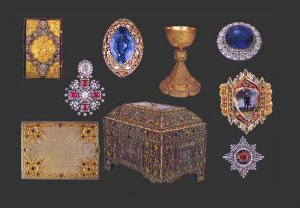
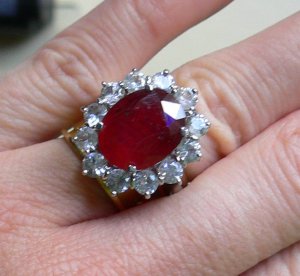
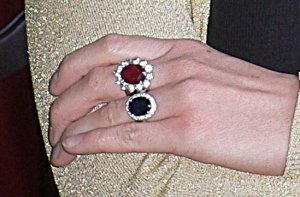
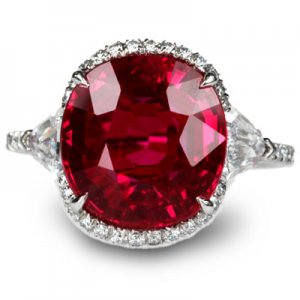
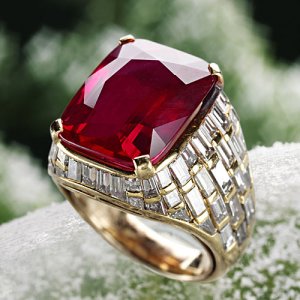
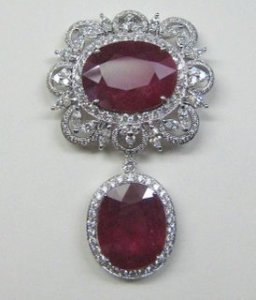
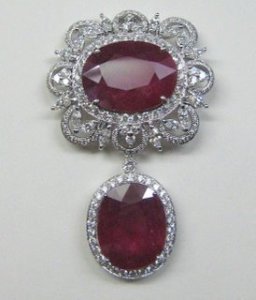
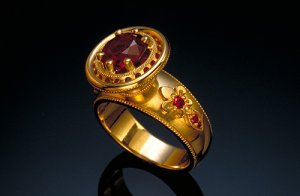
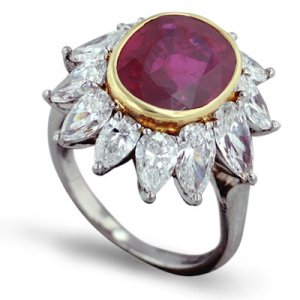
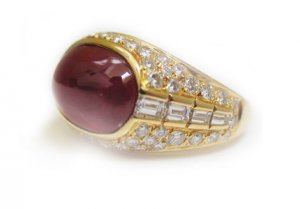
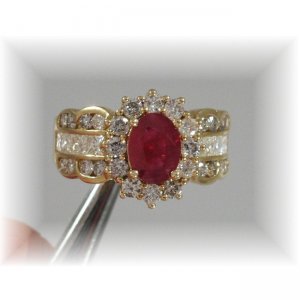
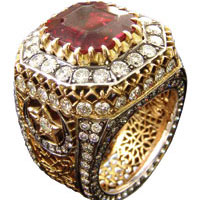


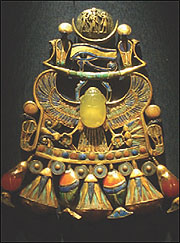
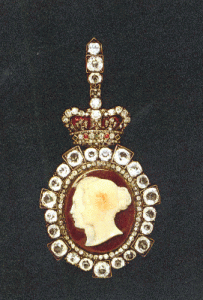
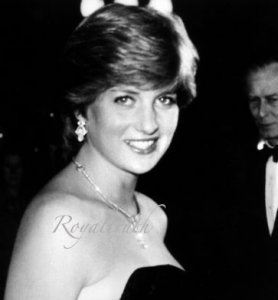
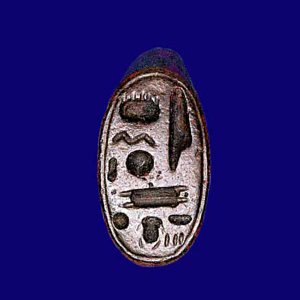
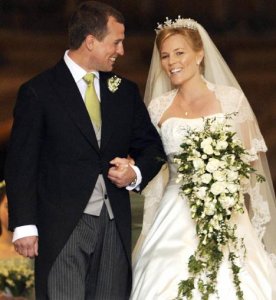
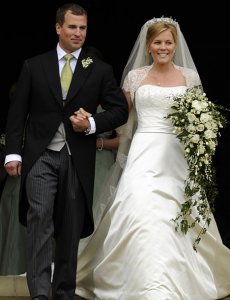
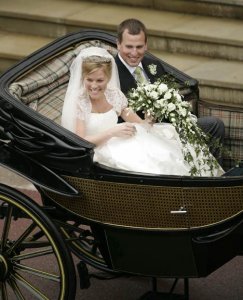


300x240.png)